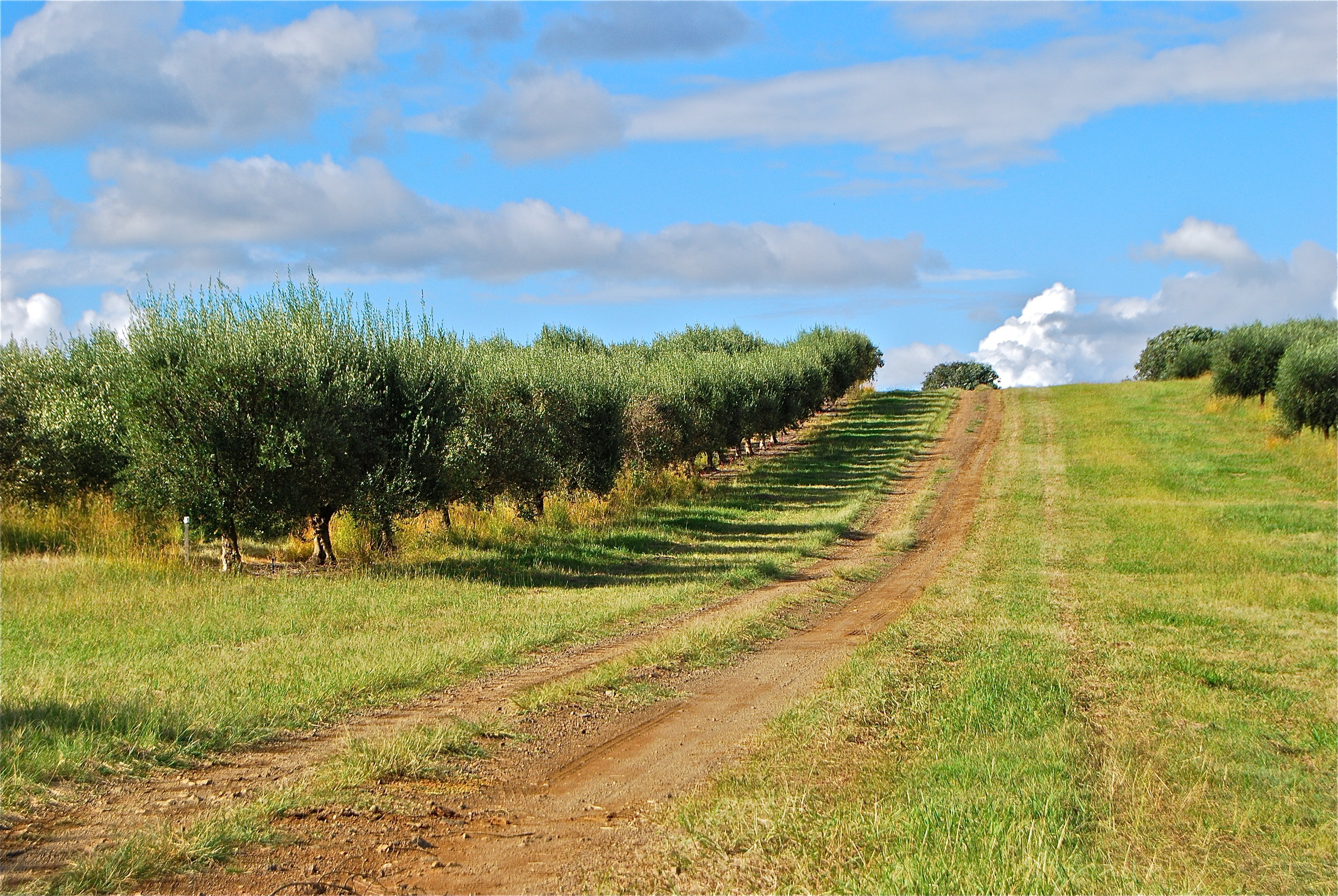Learning about olive oil in South Burnett
South Burnett, Queensland
When I woke up to the rain this morning my heart sank a little. I was scheduled to go with Fino Foods and Clovely Estate to head out to the South Burnett region to see how olive oil is produced.
But I’m now on the bus and already the sun is peeking out from behind the clouds hinting at the possibility of a beautiful day. As expected, the bus is full of chefs and media pros and I can’t help but feel a little out of place. But when Sally from Taste Trekkers jumps on the bus she immediately looks for me and provides a friendly welcome and a chat. The bus is only half full so everyone seems content to have a seat to themselves. It might be anti-social, but I’m glad I can just sit and watch the scenery roll passed.
I’m writing this on my iPhone using Notes – the first time I’ve ‘written’ using my phone. I must say it means I get less weird looks than pulling out a pen and paper.
After a brief stop in Kilcoy, we move on to head up the range and the scenery opens up to rolling autumn coloured hills and farmland laced with grape vines.
It is a good three hours on the bus, but when we made it to Clovely Estate we were treated to a quick tour of the olive oil ‘refinery’ – I use the term loosely since there is very little processing or refining in the olive oil process.
The harvested olives are pressed, left to settle and then bottled almost immediately – there are more steps to the process, but basically olive oil has very little process to it’s creation.
The olive oil we use in our kitchens (at least the producers who play be the rules) does not have any preservatives or additions to it’s silky yellow shine. In fact it comes out quite cloudy on first press, it’s not until the sediment settles naturally that the clear light oil we use every day becomes like those bought on supermarket shelves.
Olives about to be oil
Although, experts tell us that not all olive oil is good and large quantity of those that make it to supermarket shelves are not as advertised – mostly international products that are blended oils or promote themselves as extra virgin olive oil when they’re not.We’re also told not to be fooled by the idea of ‘light’ olive oil, ‘light’ simply means it’s a light colour, not that it’s low fat – commonly associated with food products in today’s weight-conscious society.
The rest of the afternoon we were treated to lunch, cooked on the open fire by Michael from Fino Foods and supplied with delicious wine by Clovely Estate. I wasn’t expecting a lot of a Queensland wine producer, we are relatively new to the wine making business, but I am pleasantly surprised by the quality and have since visited their cellar door in Red Hill to purchase a few bottles. Highly recommended if you get the chance.
The rest of the afternoon we were treated to lunch, cooked on the open fire by Michael from Fino Foods and supplied with delicious wine by Clovely Estate. I wasn’t expecting a lot of a Queensland wine producer, we are relatively new to the wine making business, but I am pleasantly surprised by the quality and have since visited their cellar door in Red Hill to purchase a few bottles. Highly recommended if you get the chance.
Some facts about olives and olive oil:
All olives are green.
They’re picked at 10% colour change.
Extra virgin olive oil is 100% olives and extracted naturally, there’s no salt or preservatives added and has less than 0.8% fatty acids.
Olive oil should be stored in a cool dark location and in small containers – it has a short shelf life.
Olive oil is settled, but not filtered.
The leaves of the olive trees also contain oil, but it’s not a high quality.
While olive trees will technically ‘grow anywhere’ they will not always bare fruit. The trees must be pruned and grown in the right way to produce a good olive.
Want to know more about oil? The ABC has a great article that breaks it down for you.







